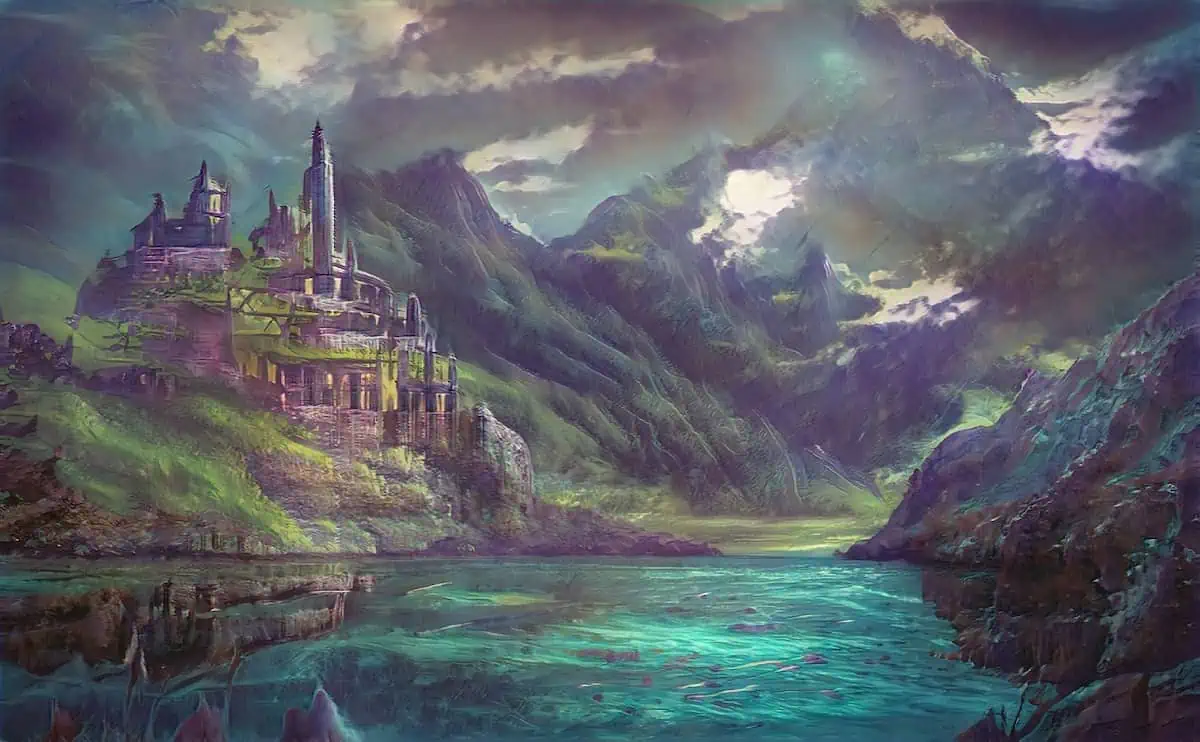Not so long ago, art was a skill inherent in man, and therefore inaccessible to machines. The emergence and development of artificial intelligence in art and culture forces us to reconsider whether painting, writing or writing remains the exclusive heritage of mankind.
The discussion is now open. Will art store lose popularity, or vice versa, people will only become more involved in creativity?
Machine creativity in the art of artificial intelligence
Art, according to the Real Academia Española (RAE), is “a manifestation of human activity through which the real is interpreted or the imaginary is fixed with the help of physical, linguistic or sound resources.” While this is an inevitable reference to good use of language, the fact remains that the RAE was created in 1713 when machines as we think of them today were not thought of.
Much progress has been made since then, and today machines in the form of sophisticated software are already capable of writing poetry, composing songs or painting pictures. The question arises: is this art? As always, it depends on the angle from which you look at it, and one of these points of view belongs to Margaret Boden. For this British philosopher, there are three types of creativity:
- combinational, mixing existing ideas;
- exploratory, which generates new ideas by exploring conceptual areas;
- transformational – destroys previous structures, creating new areas.
Boden argues that machines can be competent in the first two cases, but for the third, at least for the moment, human intelligence is needed. In any case, the discussion continues about artificial intelligence is art.
Can Artificial Intelligence Create Art?
In this issue, you will learn how a neural network can create without inspiration, how the process of drawing by a neural network is technically arranged, what it brings to music, how AI writes lyrics, and whether this system has a practical application.
The concept of computational art limits the discussion to some extent. It is defined as the study and modeling of natural human creative behavior with the help of computer programs. Such a concept is applied to musical, artistic and literary creativity with the help of artificial intelligence (AI), in other words, to recreate human creativity using a computer.
According to this concept, robots can create art. In fact, just a few months ago, Christie’s held the first auction of AI-generated art. What was the result? Sales approximately $432,500.
Artificial intelligence as an artistic tool
Like everything else about artificial intelligence, no one knows exactly how this technology will develop in the future. However, more and more experts are putting forward theories about a new relationship between man and machine, focused on cooperation, rather than the predominance of one over the other.
The use of artificial intelligence in contemporary art
Big tech companies like Google are already exploring the realm of art and robotics. The first two enterprises of the American giant are Magenta and Deep Dream projects. The latest project is based on image recognition software that identifies objects and applies filters to them to reimagine them artistically, mimicking watercolor, comic or charcoal techniques.
Computational creativity does not only live by painting. Machines can also compose music, such as that created by Grammy Award winner Alex Da Kid using an artificial intelligence system. For about five years, this musician – or rather, his software – analyzed newspaper articles, Wikipedia entries, movie synopsis, song lyrics, chord progressions, until he found the most popular topics, rhythms. At the same time, he wrote his first educational song Not easy.
Poetry is also not spared. WASP (Wishing Automatic Spanish Poet) is an automatic poet developed by Pablo Gervas, a professor at the Complutense University of Madrid, who is given instruction in metrics and rhymes and is said to be inspired by the poet’s work, beginning to compose poetry on his own.
In these latter cases, human intervention, although almost symbolic, does exist. But there are examples of computer art that are alien to human participation. Two examples. Passerby’s Memory, a work by German artist Mario Klingermann consisting of two screens emitting a constant stream of images of faces distorted by algorithms through an artificial intelligence brain.
Interestingly, none of these faces ever existed! The other, with a different nuance, is the drawing fool. This software or robotic artist, created by Simon Colton, a professor at the University of London, downloads images from the Internet, catalogs them by terms such as joy, despair or panic, applying the knowledge to create digital works inspired by these emotions.

